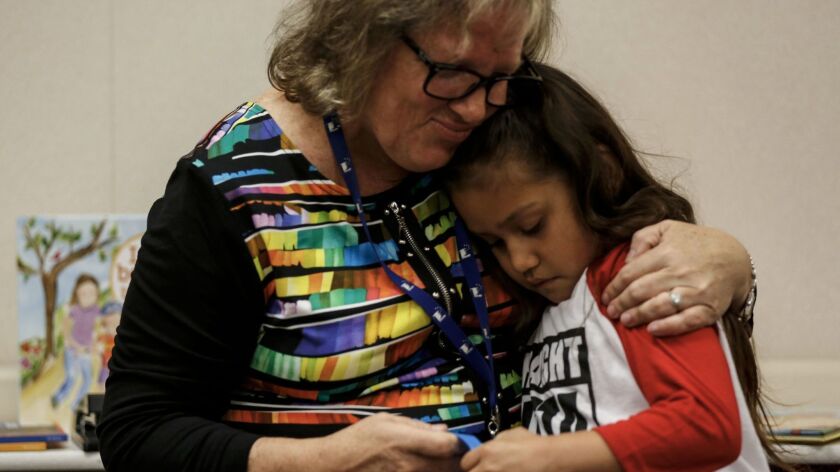Stanford research show regulation benefits for late entry Kindergarten.
February 23, 2017
By Carrie Spector
GSE faculty explore ways to help students take on the challenges of the kindergarten classroom.
It’s that time of year for families of preschoolers: kindergarten enrollment. This milestone can be fraught with uncertainty for parents who question whether their child is prepared—socially, academically or otherwise.
What does being ready for kindergarten look like? Researchers at Stanford Graduate School of Education (GSE) have investigated this issue from all angles, offering strategies for parents and teachers to help make the transition a smooth one.
Clear expectations
First, it’s wise for parents to get a handle on what exactly will be expected of children in their particular classroom.
Full article found here: https://ed.stanford.edu/news/ready-or-not-stanford-researchers-weigh-kindergarten-preparedness


